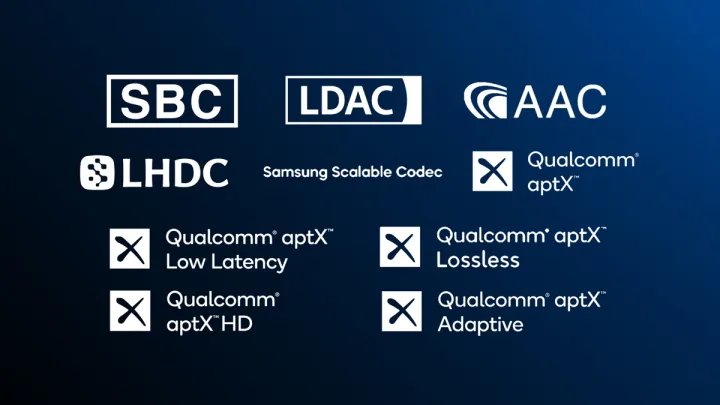As the popularity of wireless headphones and earbuds continues to rise, a plethora of technical terms have emerged alongside them. From wireless charging to Bluetooth multipoint, wear sensors, ANC, transparency, IPX ratings, and spatial audio, the terminology can be overwhelming.
While most of these terms are relatively easy to grasp, one term that can be particularly perplexing is Bluetooth codecs. What exactly are they, and why should you care about them? We’ll explain in simple language so that the next time you encounter a headphone review mentioning aptX, AAC, or LDAC support, you’ll understand its significance and how it could affect your listening experience.
Let’s dive into it.
Understanding Bluetooth Codecs
Bluetooth, being a wireless technology, has historically been limited in terms of bandwidth. Each new Bluetooth version adds more bandwidth, but it’s still not as robust as Wi-Fi. Due to the limited bandwidth, digital audio needs to be re-packaged to fit for real-time streaming, and Bluetooth codecs play a crucial role in this repackaging process.
The term “codec” is a combination of encoding and decoding, which essentially refers to packaging and unpackaging information or compressing and decompressing it.
Why Are There Multiple Bluetooth Codecs?

Technological advancements lead to improvements in software and hardware over time. When wireless stereo headphones initially emerged, there was only one Bluetooth codec: SBC (Sub-band Codec). Even today, if your devices only support one codec, it’s likely SBC.
SBC is functional but not optimized for high-quality or low-latency applications. As the demand for higher quality audio and low latency increased, the need for newer codecs became apparent. This resulted in the creation of a variety of Bluetooth codecs that surpass SBC in different aspects.
As of 2024, the list of Bluetooth codecs beyond SBC is extensive and includes AAC, LDAC, aptX, aptX HD, aptX Adaptive, aptX Lossless, and others.


